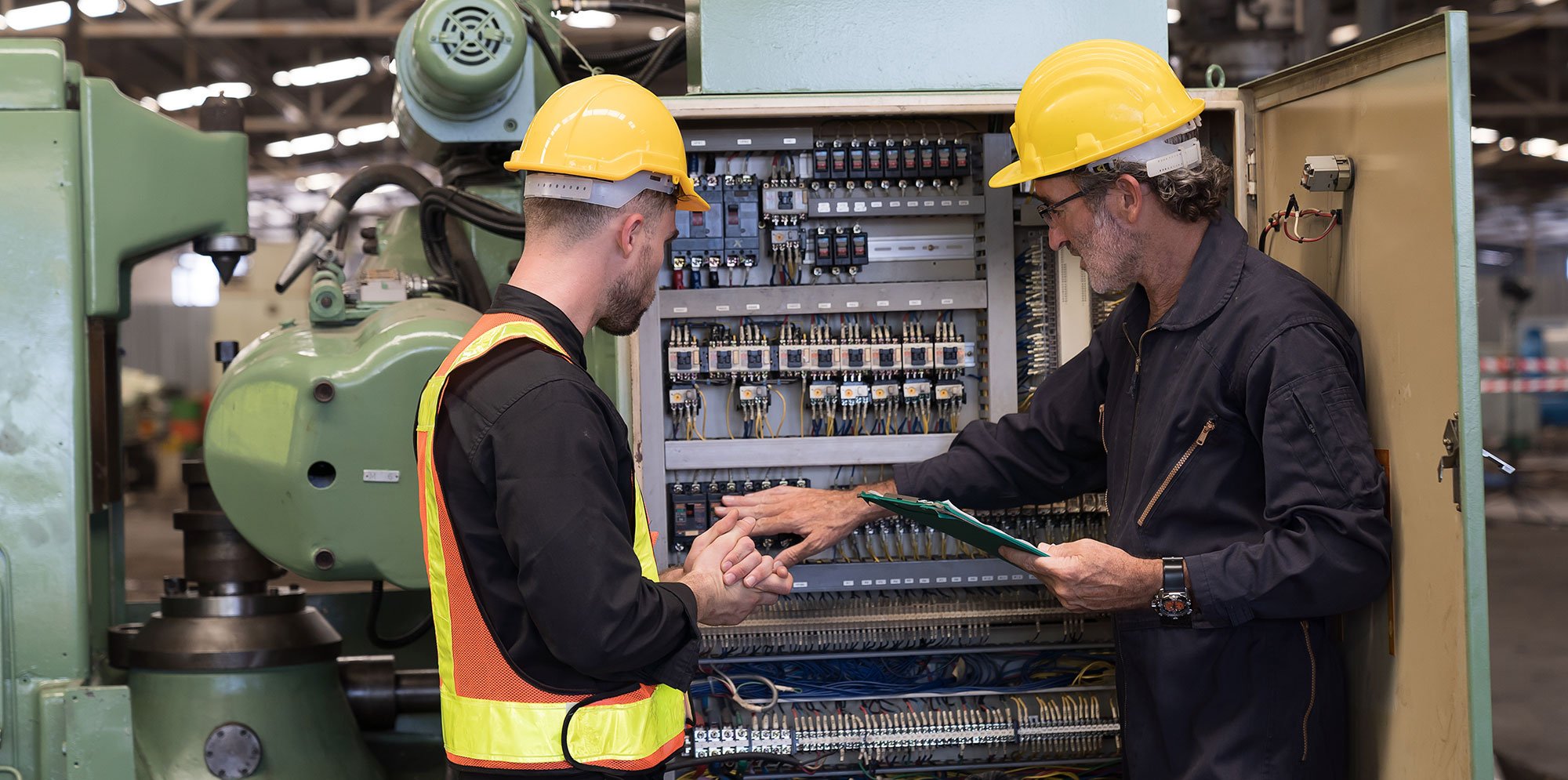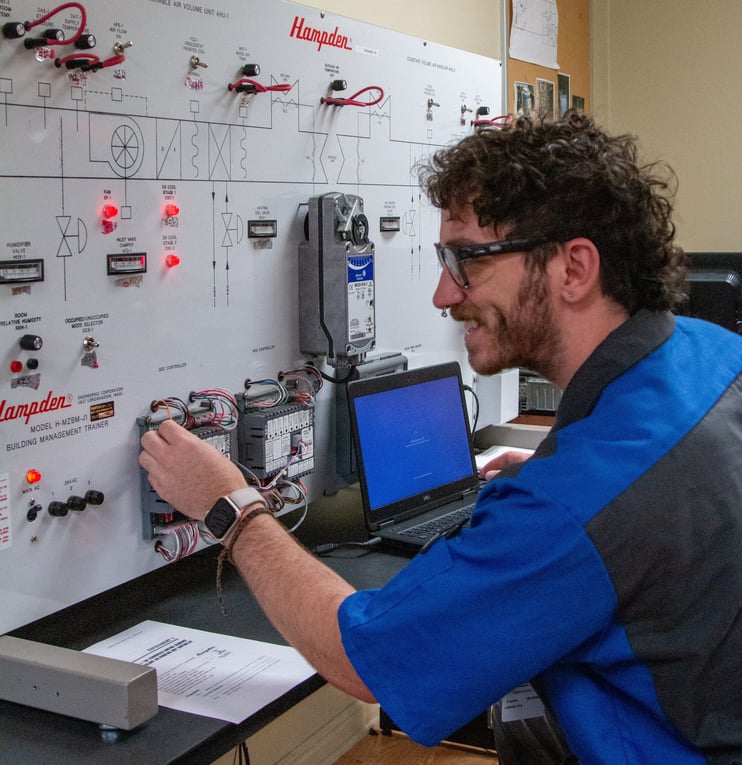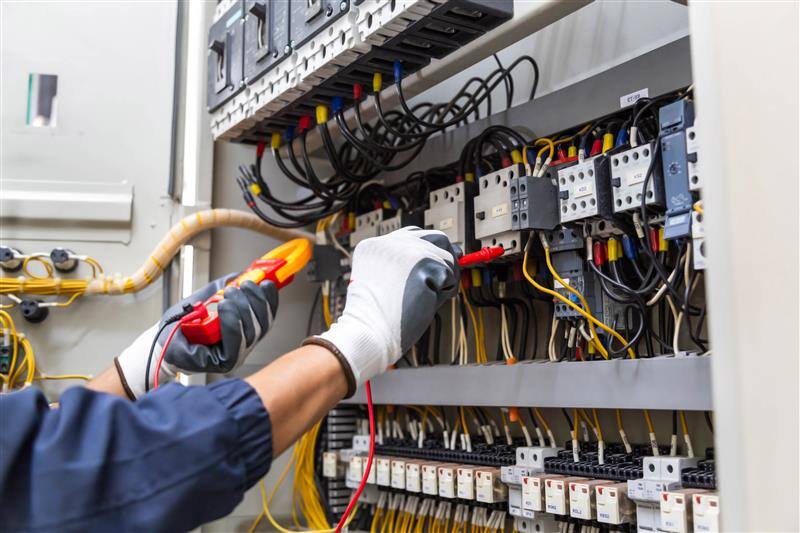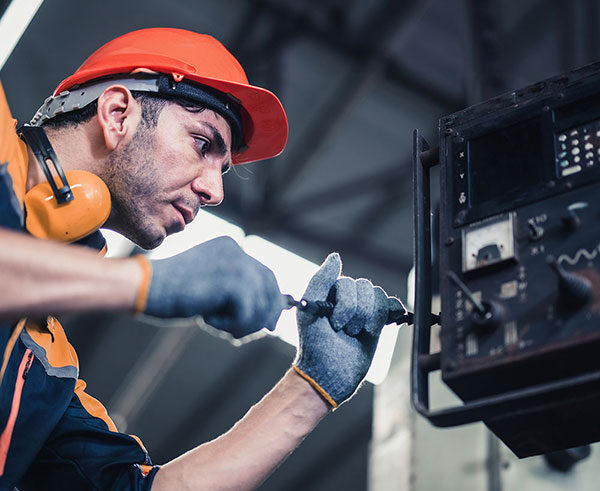Electrical Tools: An Informational Guide

Electrical tools are essential for professionals working in construction, maintenance, and repair industries. From power drills to circuit testers, these tools make electrical work more efficient and precise. Understanding how they operate, their potential hazards, and the differences between electric and pneumatic options can help individuals use them safely and effectively. Below, we’ll explore common questions related to electrical tools, their function, and safety considerations.
Quick Links
-
What is the Most Common Hazard When Using Electric Tools?
-
Must-Have Electrical Tools
-
What is a Hazard Associated with Electric Tools?
-
Do Power Tools Use a Lot of Electricity?
-
Training for a Career in the Electrical Trade
How Do Electric and Pneumatic Tools Differ?
Electric and pneumatic (air-powered) tools are both widely used in various trades, but they operate differently and serve different purposes. Electric tools are powered by batteries or direct electrical current and include devices like drills, saws, and grinders. They offer convenience, portability, and often variable speed settings for precision work. However, they require a power source and can overheat with extended use.
Pneumatic tools, on the other hand, rely on compressed air from an air compressor. These tools are commonly used in automotive and industrial applications and include air wrenches, nail guns, and sanders. Pneumatic tools are generally lighter and more powerful than their electric counterparts but require a continuous air supply and proper hose management. Because they don’t generate heat from electrical components, they tend to have a longer lifespan in high-use environments.
Choosing between electric and pneumatic tools depends on the nature of the work. Electric tools offer portability and ease of use, while pneumatic tools are better suited for heavy-duty applications that require sustained power without overheating.
What is the Most Common Hazard When Using Electric Tools?
One of the most common hazards when working with electric tools is electric shock. Electric shock occurs when a person comes into contact with an energized part of the tool, either due to a damaged power cord, improper grounding, or contact with water. This can cause serious injury or even be fatal.
Other common hazards include burns from overheating motors, hand injuries due to sudden tool activation, and flying debris from cutting or grinding applications. To minimize these risks, workers should always inspect their tools before use, ensure that cords are undamaged, and wear appropriate personal protective equipment (PPE) such as insulated gloves and safety goggles. Using tools with double insulation or connecting them to a GFCI outlet can further reduce the risk of electric shock.

Must-Have Electrical Tools
For electricians and technicians, having the right set of electrical tools is essential for completing tasks safely and efficiently. Some must-have electrical tools include:
- Voltage Tester – Used to check for the presence of electrical current in a circuit before working on it.
- Multimeter – A crucial tool for measuring voltage, current, and resistance in electrical systems.
- Wire Strippers – Designed to strip insulation from electrical wires without damaging the conductors.
- Needle-Nose Pliers – Ideal for gripping small components and bending or shaping wires.
- Insulated Screwdrivers – Essential for safely working on electrical components without the risk of electric shock.
- Fish Tape – Used to pull wires through conduit, making wire installation easier.
- Circuit Breaker Finder – Helps identify which breaker corresponds to specific outlets or circuits in an electrical panel.
Investing in high-quality tools ensures that electrical work is done efficiently and safely. Professionals should also regularly inspect and maintain their tools to prevent wear and tear from leading to malfunctions.
What is a Hazard Associated with Electrical Tools?
Apart from electric shock, one major hazard associated with electric tools is fire. Faulty wiring, overheating components, or sparks from power tools can ignite flammable materials in a workspace. This is particularly risky in construction sites, workshops, or areas where chemicals and combustible dust are present.
Another hazard is improper tool handling, which can lead to physical injuries such as cuts, fractures, or even amputations. High-speed tools like saws and grinders require steady hands and proper protective gear to prevent accidents. Workers must also be cautious of trip hazards caused by tangled power cords or improperly placed tools.
To reduce these risks, all electrical tools should be stored properly, used according to manufacturer guidelines, and regularly checked for defects. Wearing PPE and maintaining a clean work area can also help prevent accidents related to tool use.
Do Power Tools Use a Lot of Electricity?
The amount of electricity consumed by power tools depends on their wattage and duration of use. Some small handheld tools, like drills or screwdrivers, use minimal power, while heavy-duty equipment, such as table saws or large grinders, consume significantly more electricity.
For example, a standard power drill may use around 600 watts, while an industrial-grade saw may require over 1,500 watts. Battery-powered tools, while convenient, require regular charging, which can add to overall power consumption. Some energy-efficient tools are designed with variable speed settings and brushless motors, which help reduce energy use while maintaining performance.
While power tools do consume electricity, their efficiency and ability to complete tasks quickly often make them more cost-effective than manual labor. Using tools with energy-efficient designs or battery-operated alternatives can help reduce electricity costs while maintaining productivity.
Training for a Career in the Electrical Trade
Understanding electrical tools and how to use them safely is a crucial part of working in the electrical trade. Whether installing wiring, troubleshooting circuits, or maintaining electrical systems, skilled electricians rely on a wide range of tools to complete their work efficiently. Learning proper tool handling, safety practices, and troubleshooting techniques is essential for success in this field.
The journey to becoming an electrician involves education, hands-on training, and career progression through apprenticeship, journeyman, and master electrician levels. If you're considering this career, explore programs and training to get started.
Industry Knowledge
Welcome to the Advanced Technology Institute's Blog, your resource for industry insights and discussions on technologies shaping the future of automotive, heavy vehicle, hvac, welding, and other related career paths.
Explore how ATI's curriculum and hands-on learning opportunities can propel your career in the tech-driven world.


